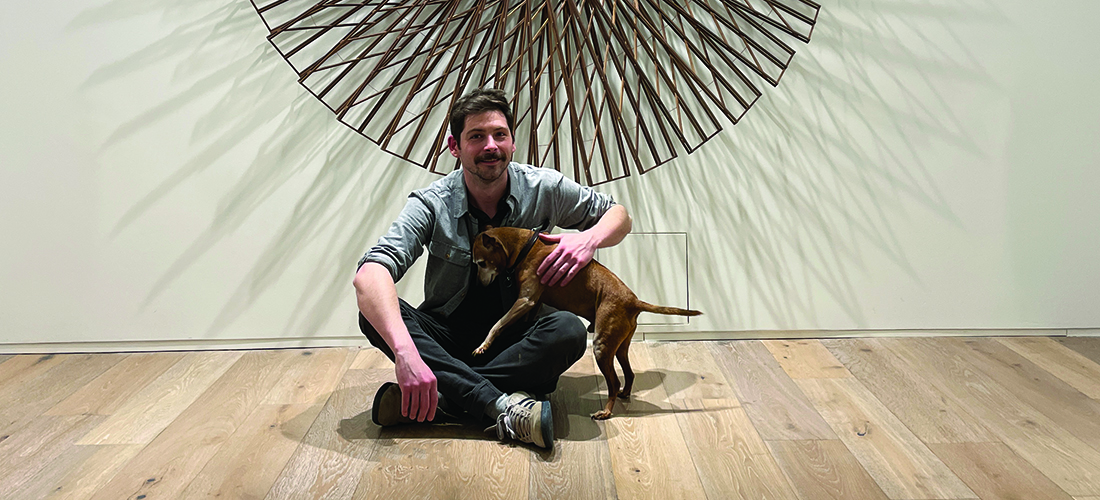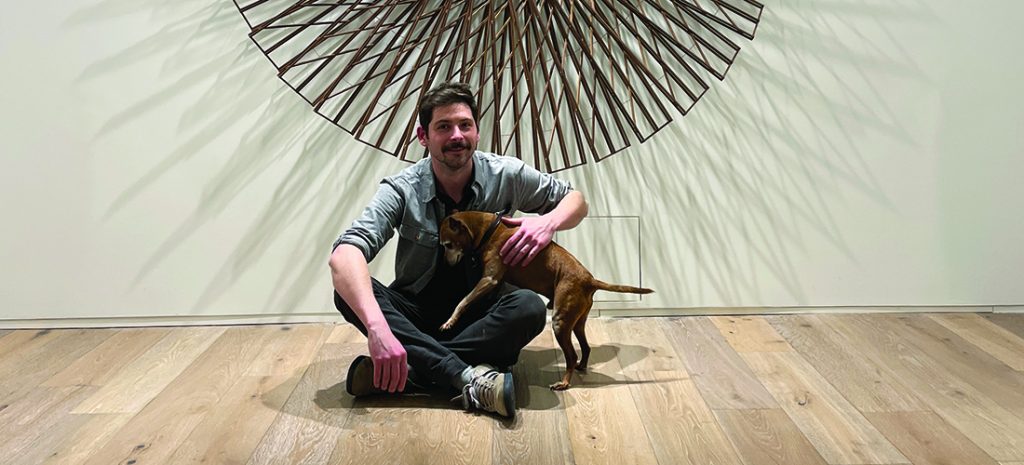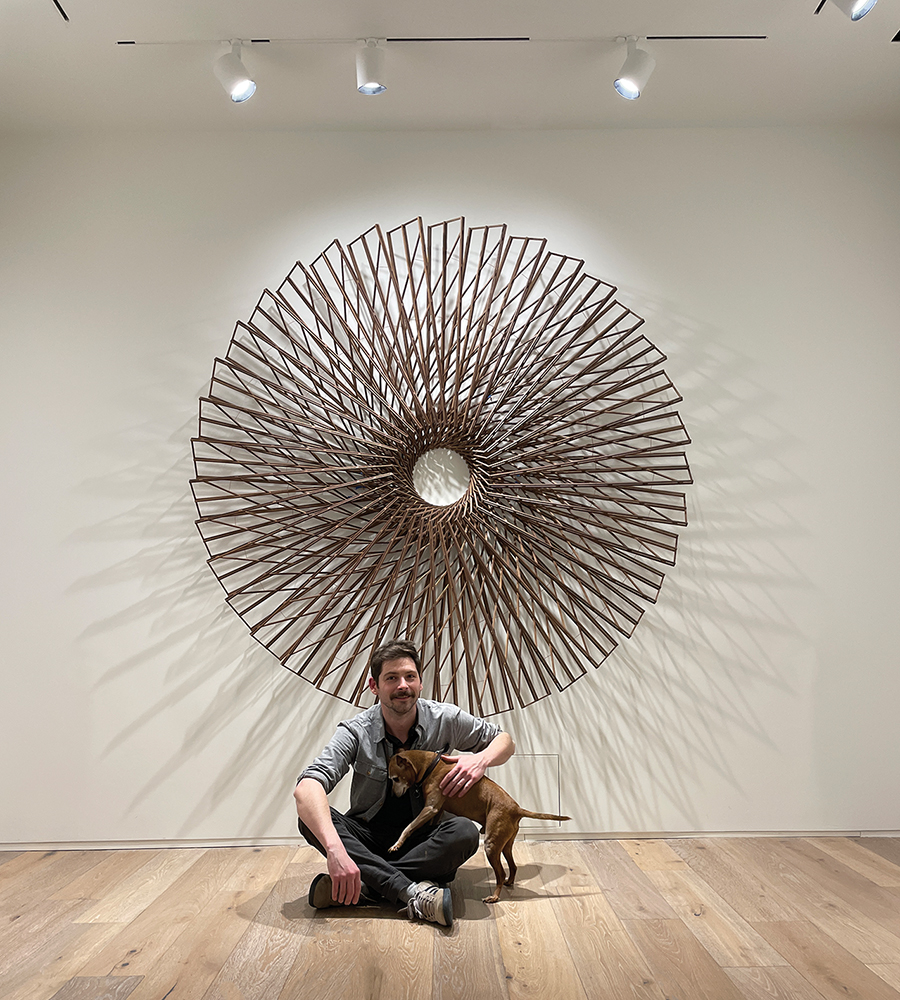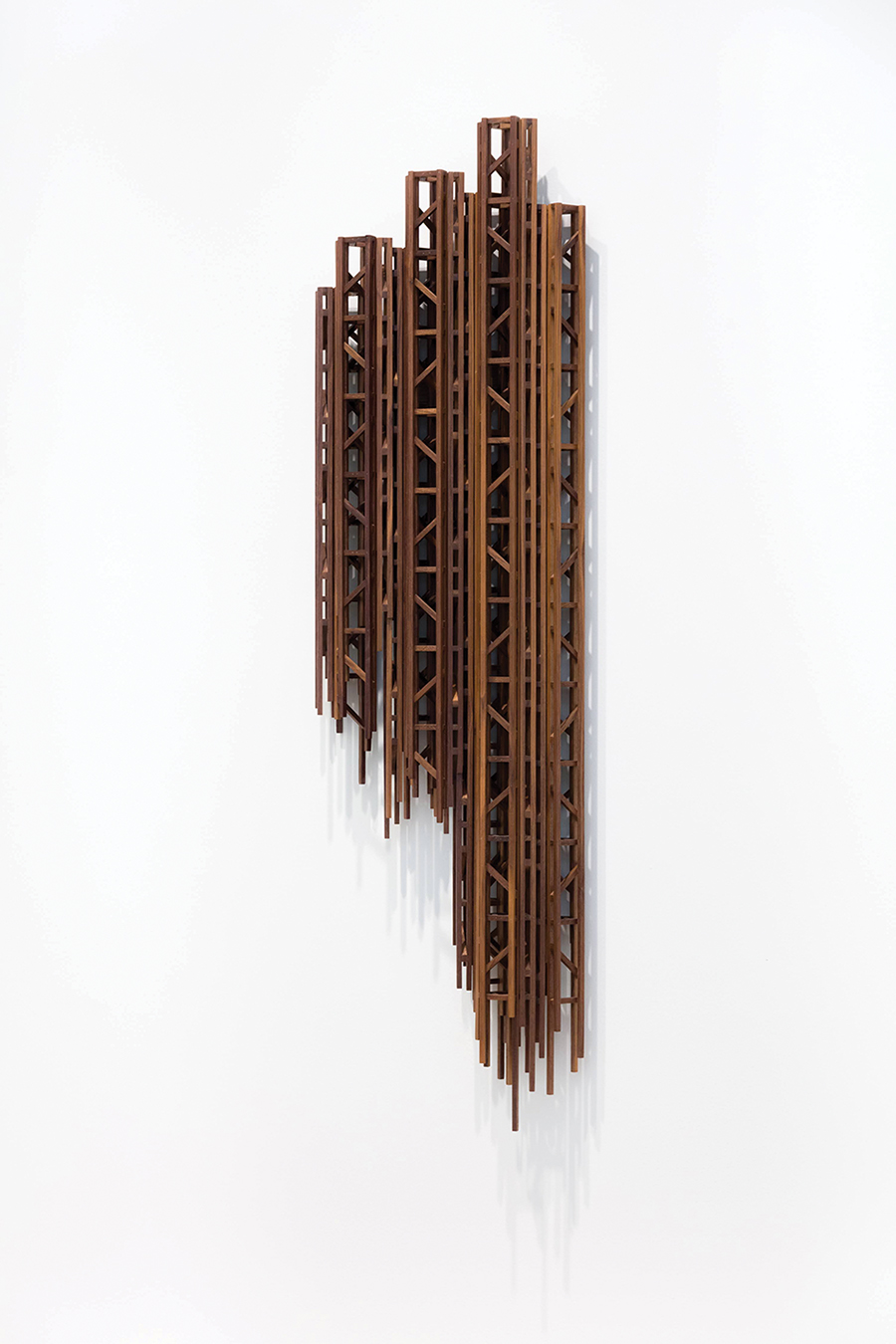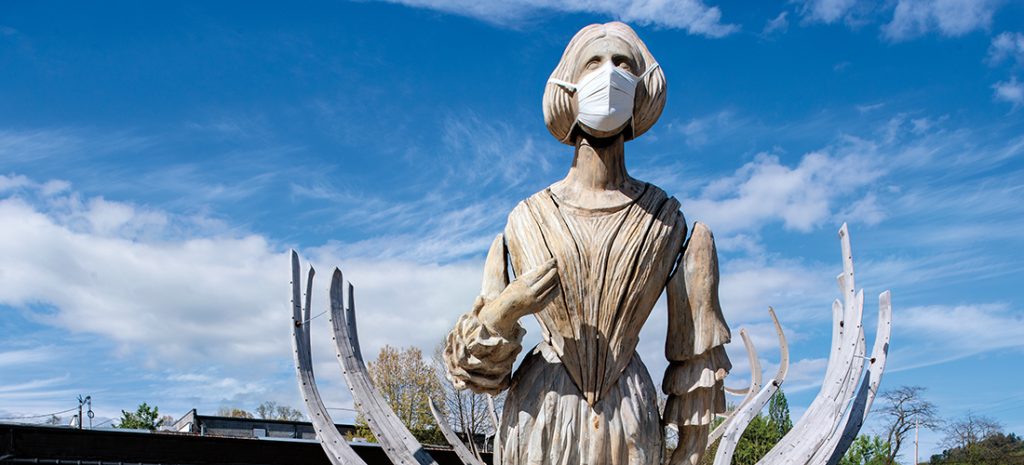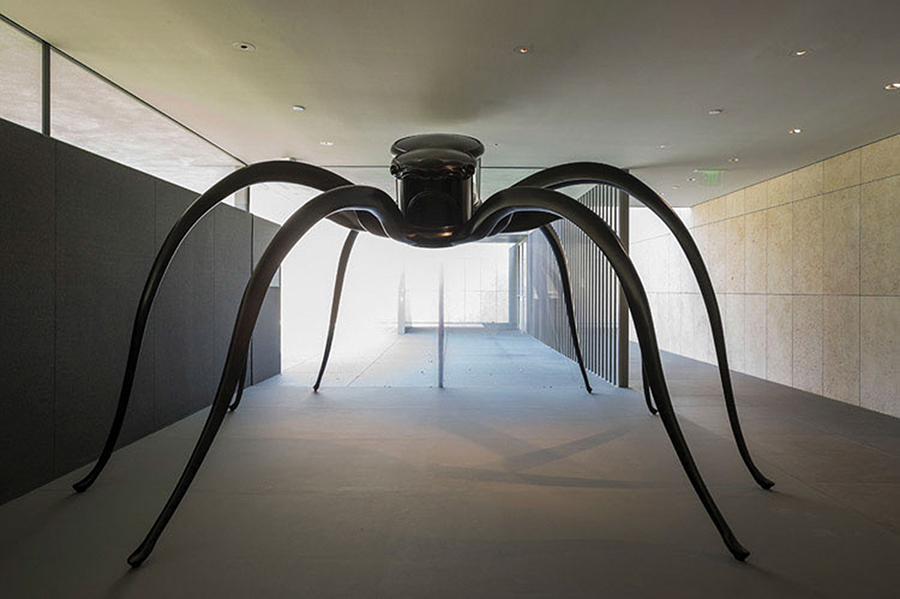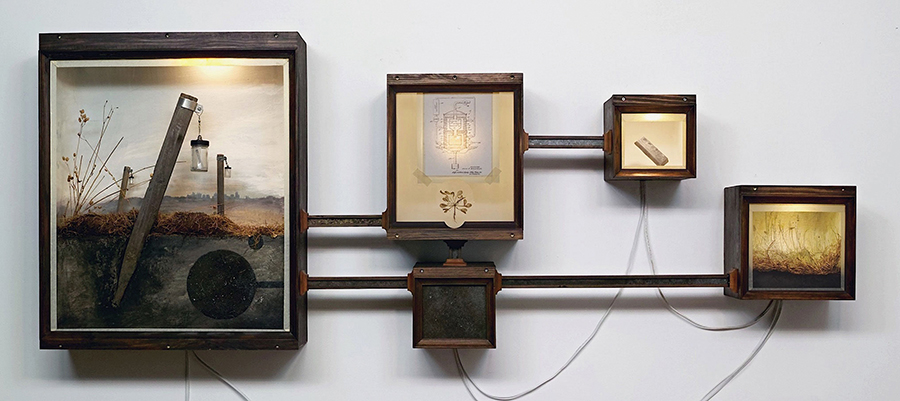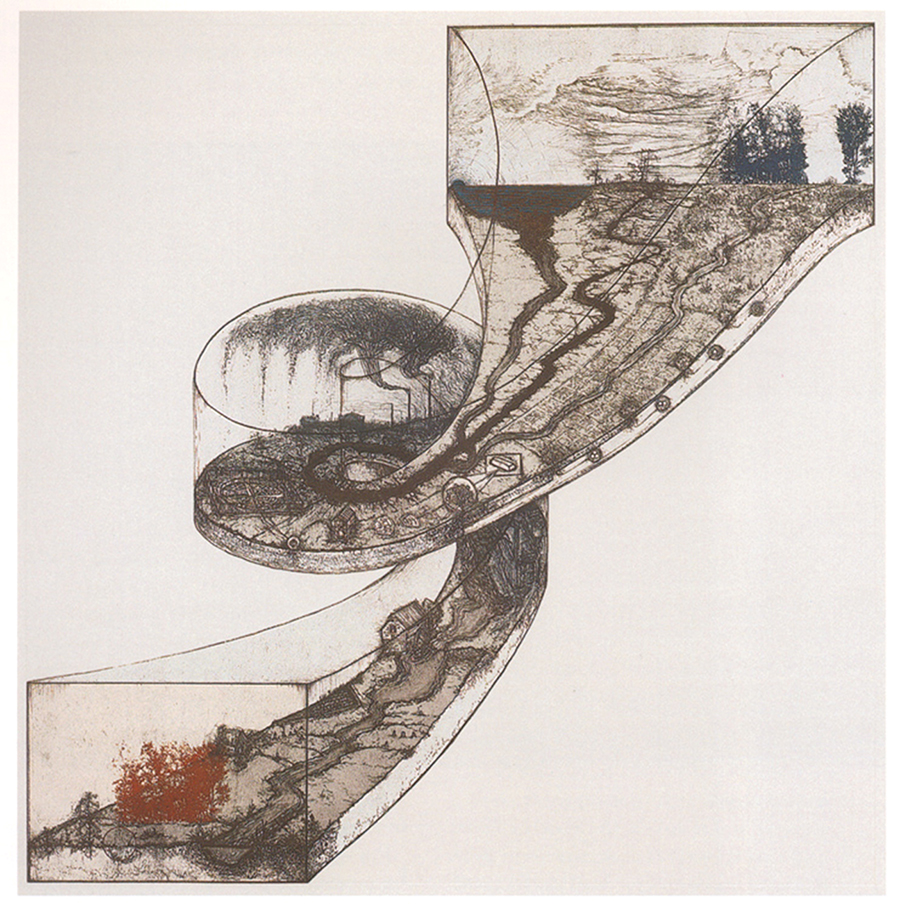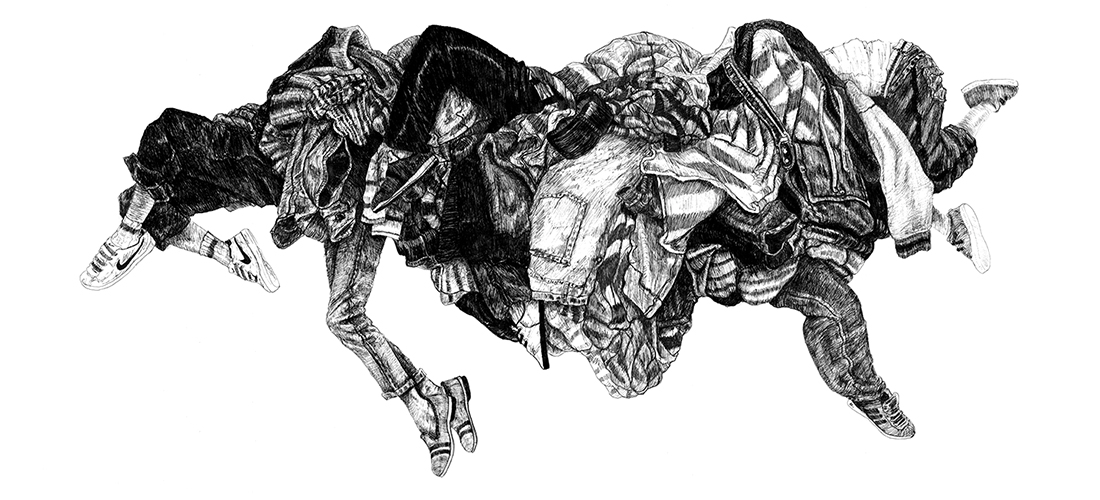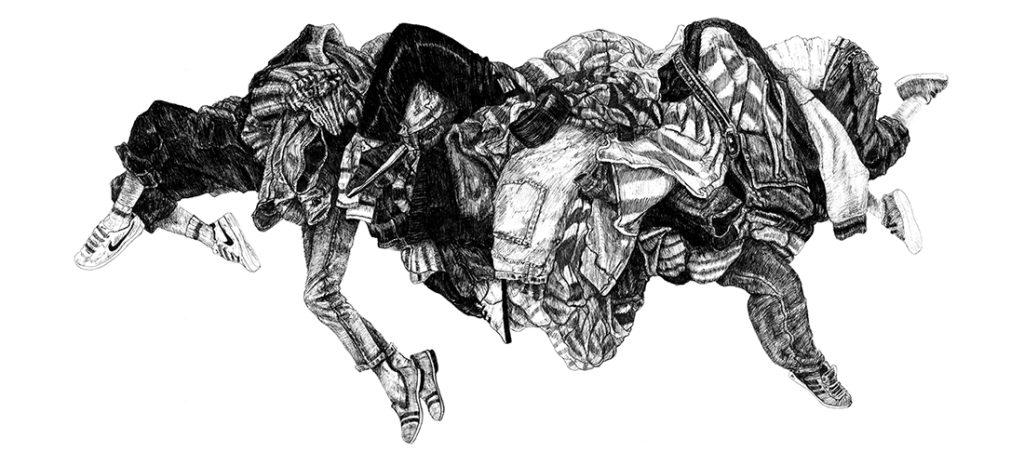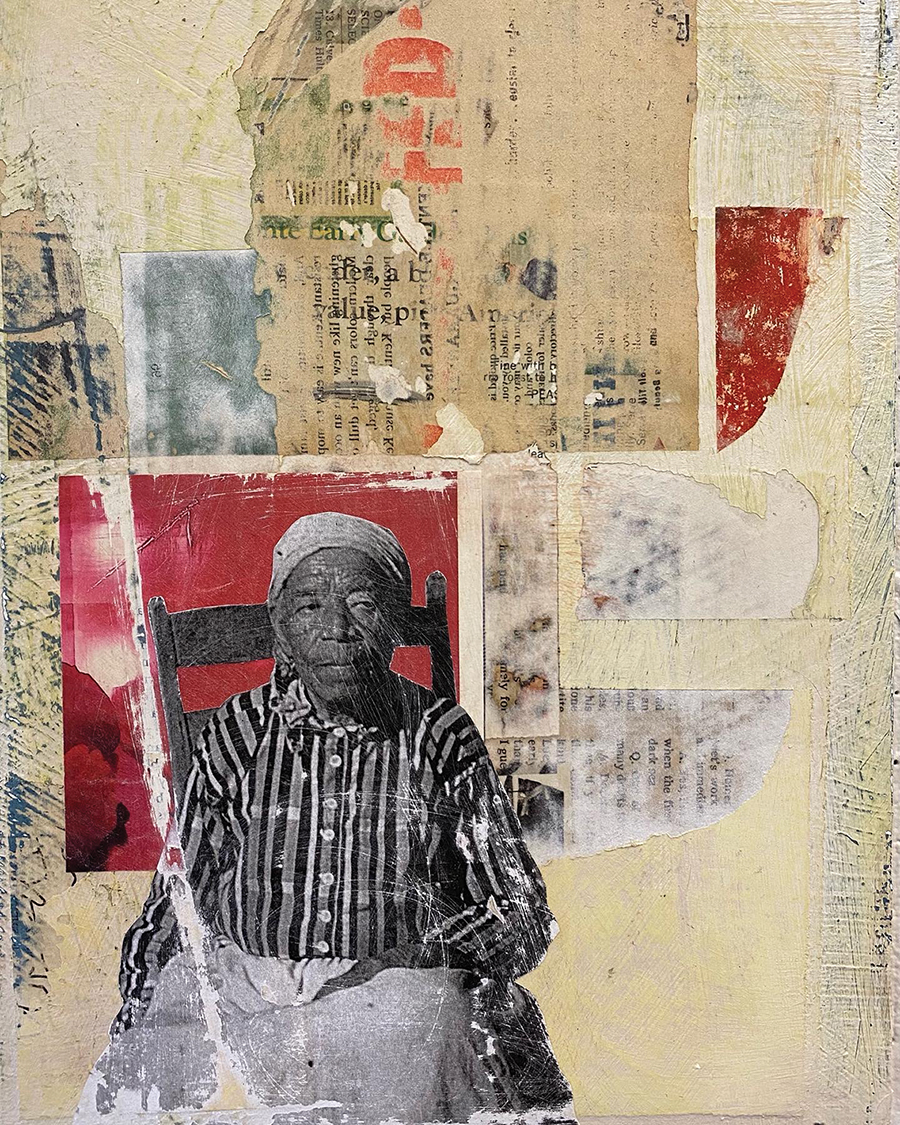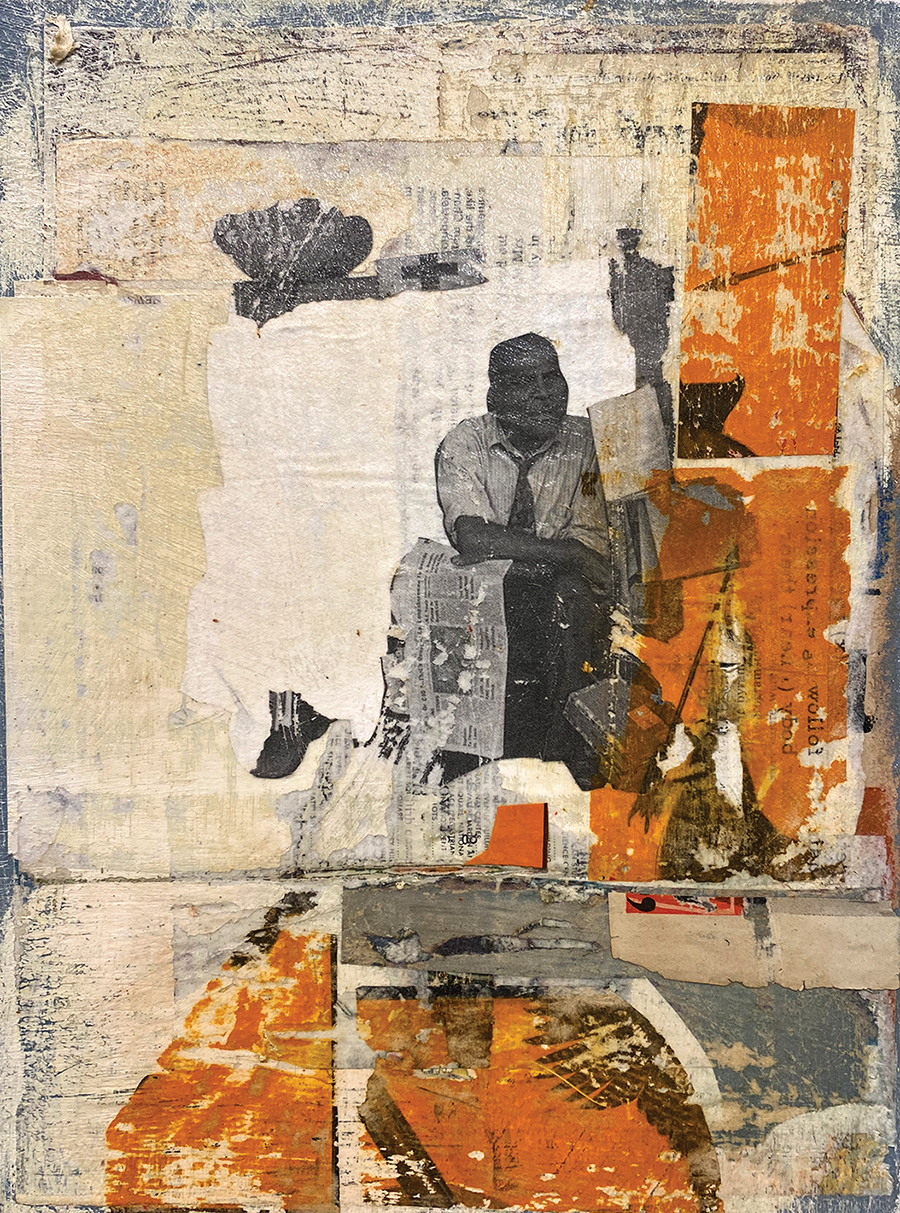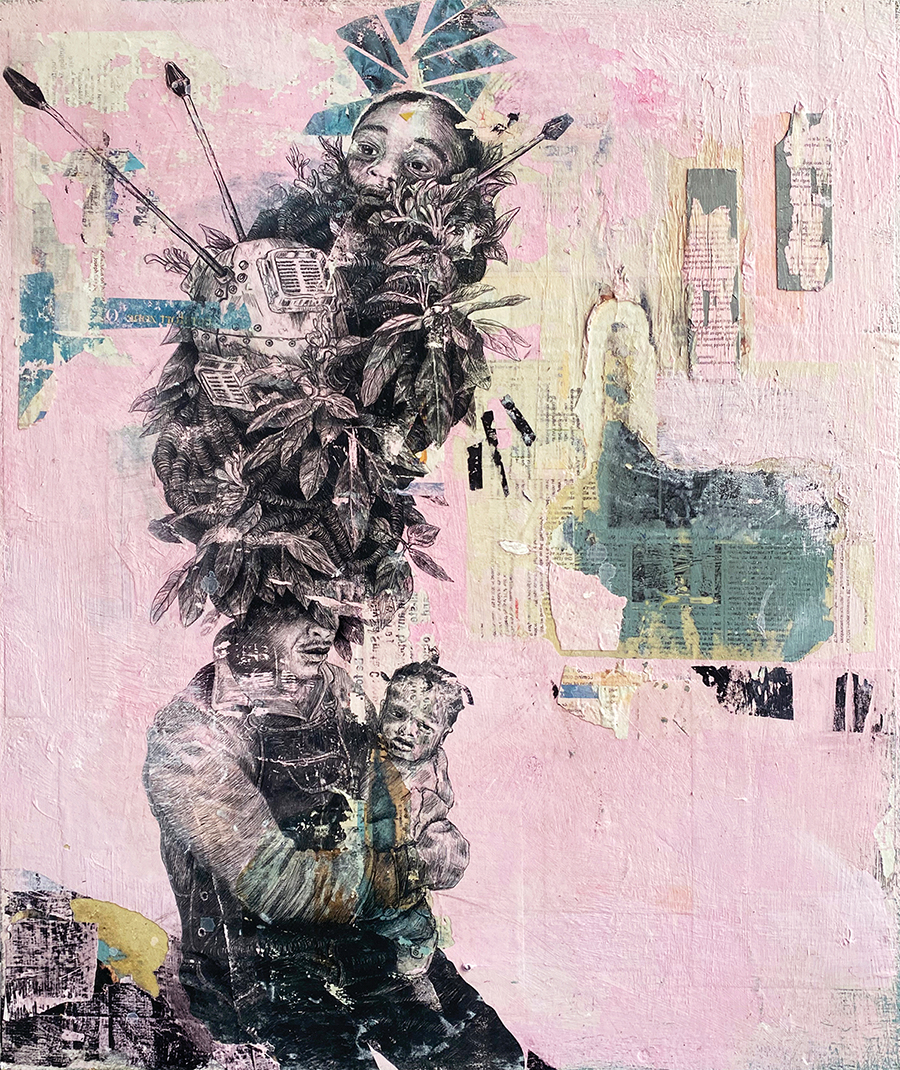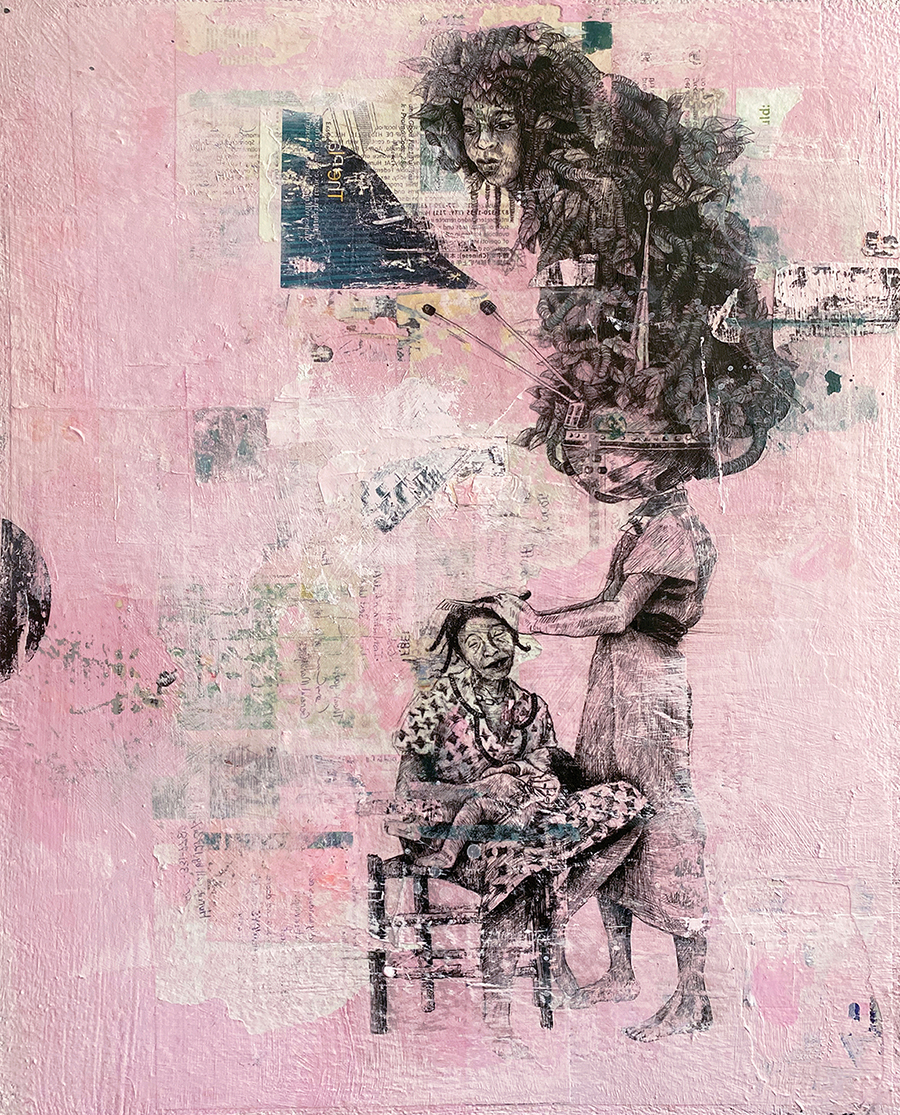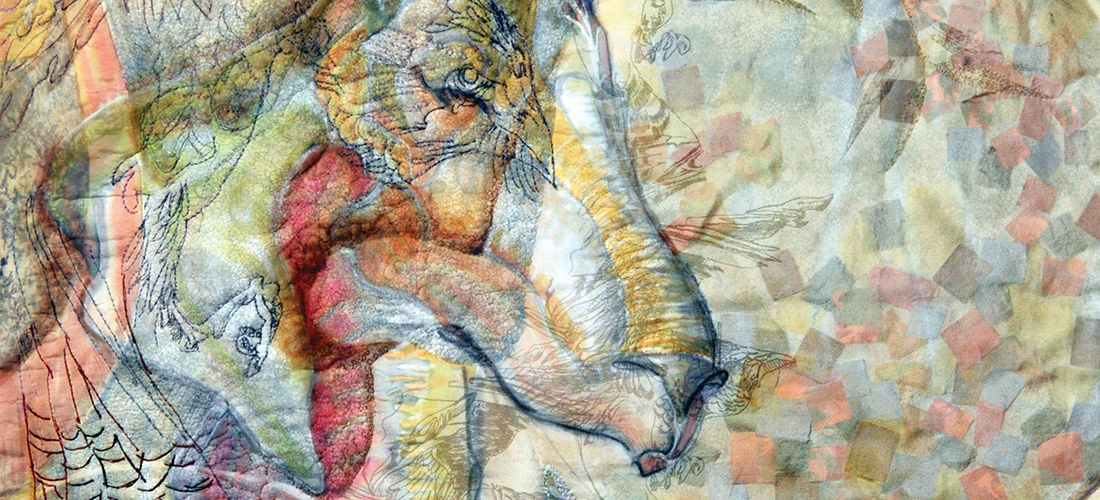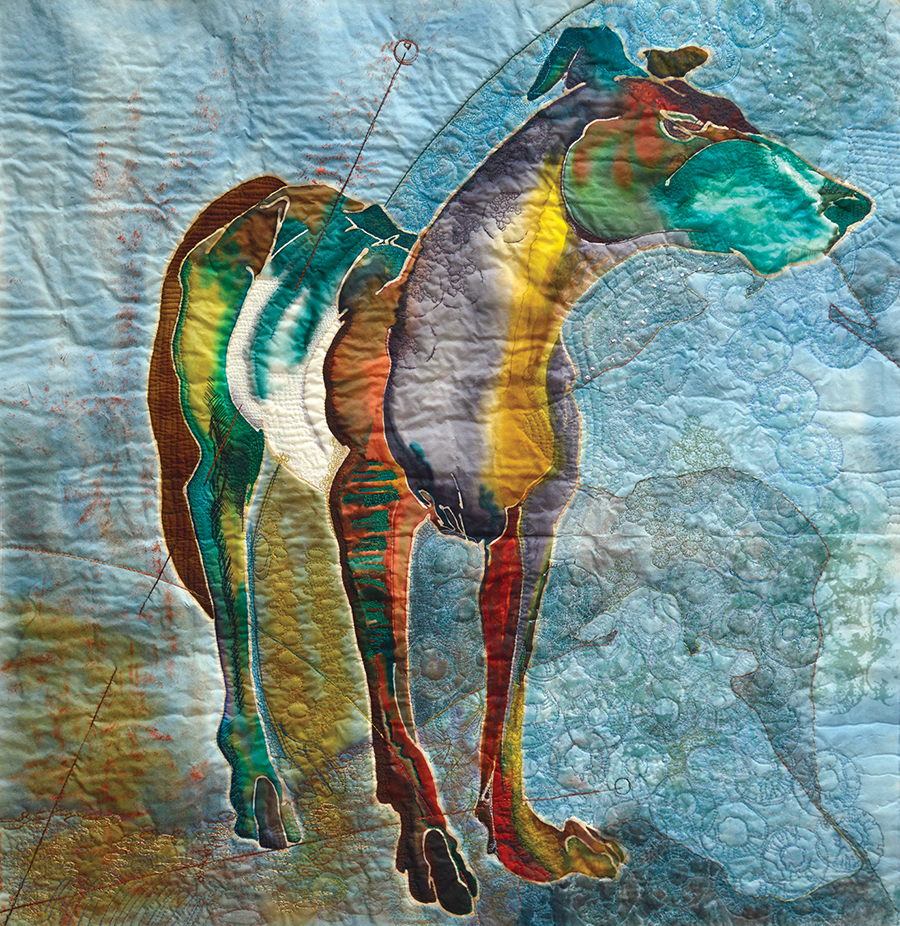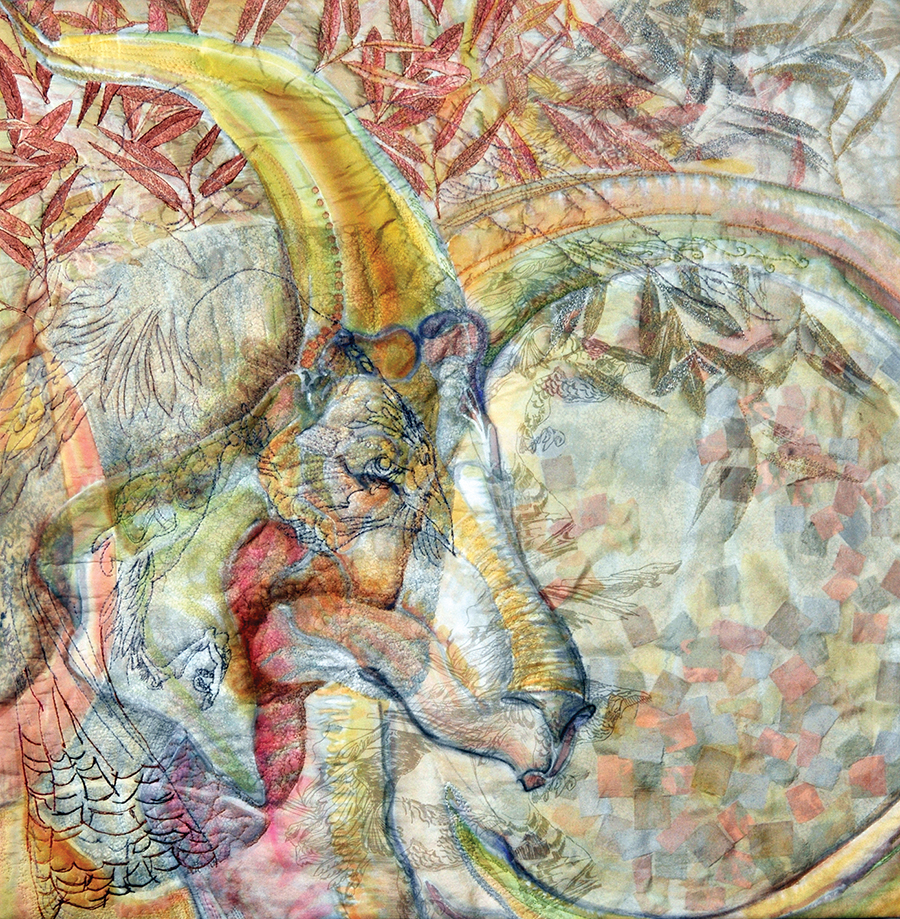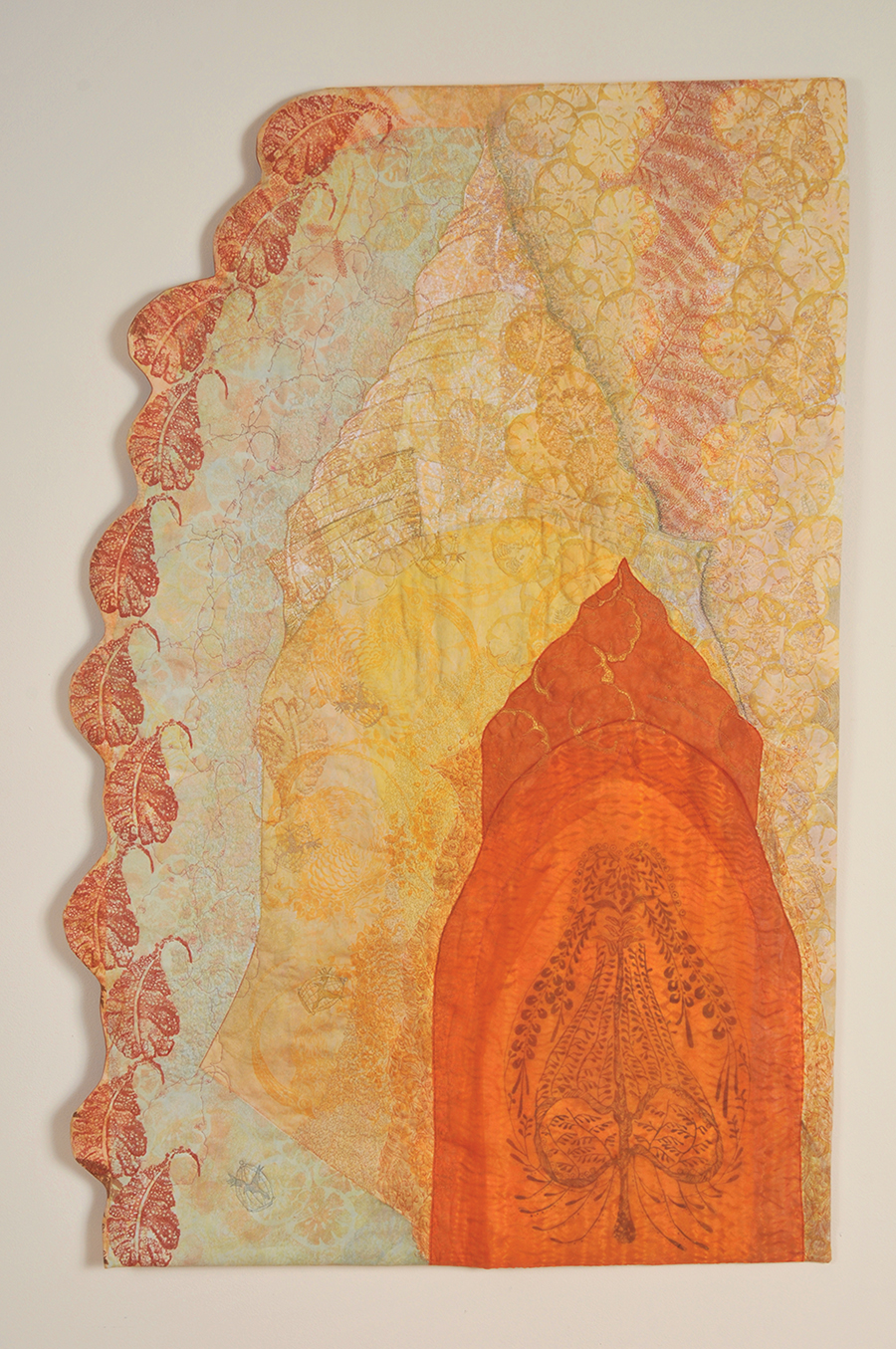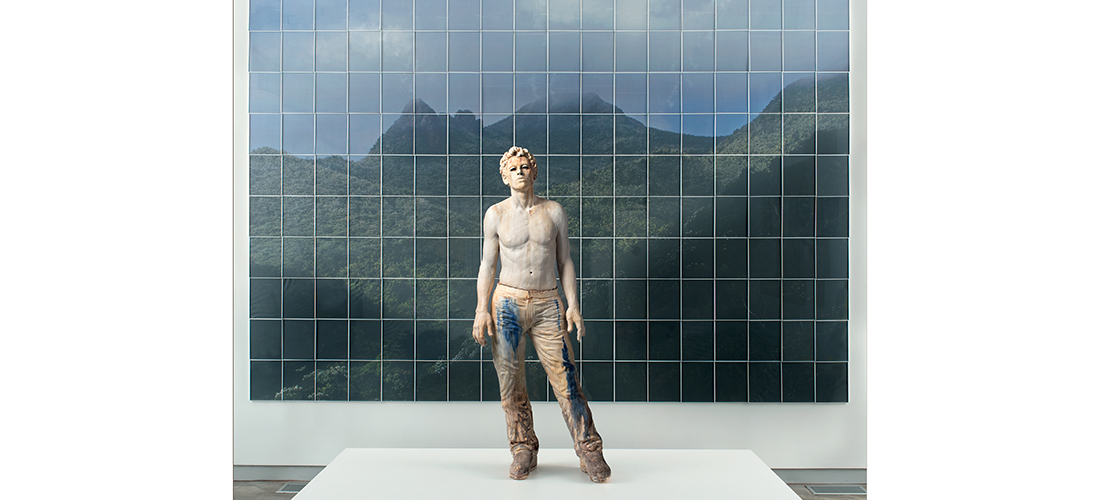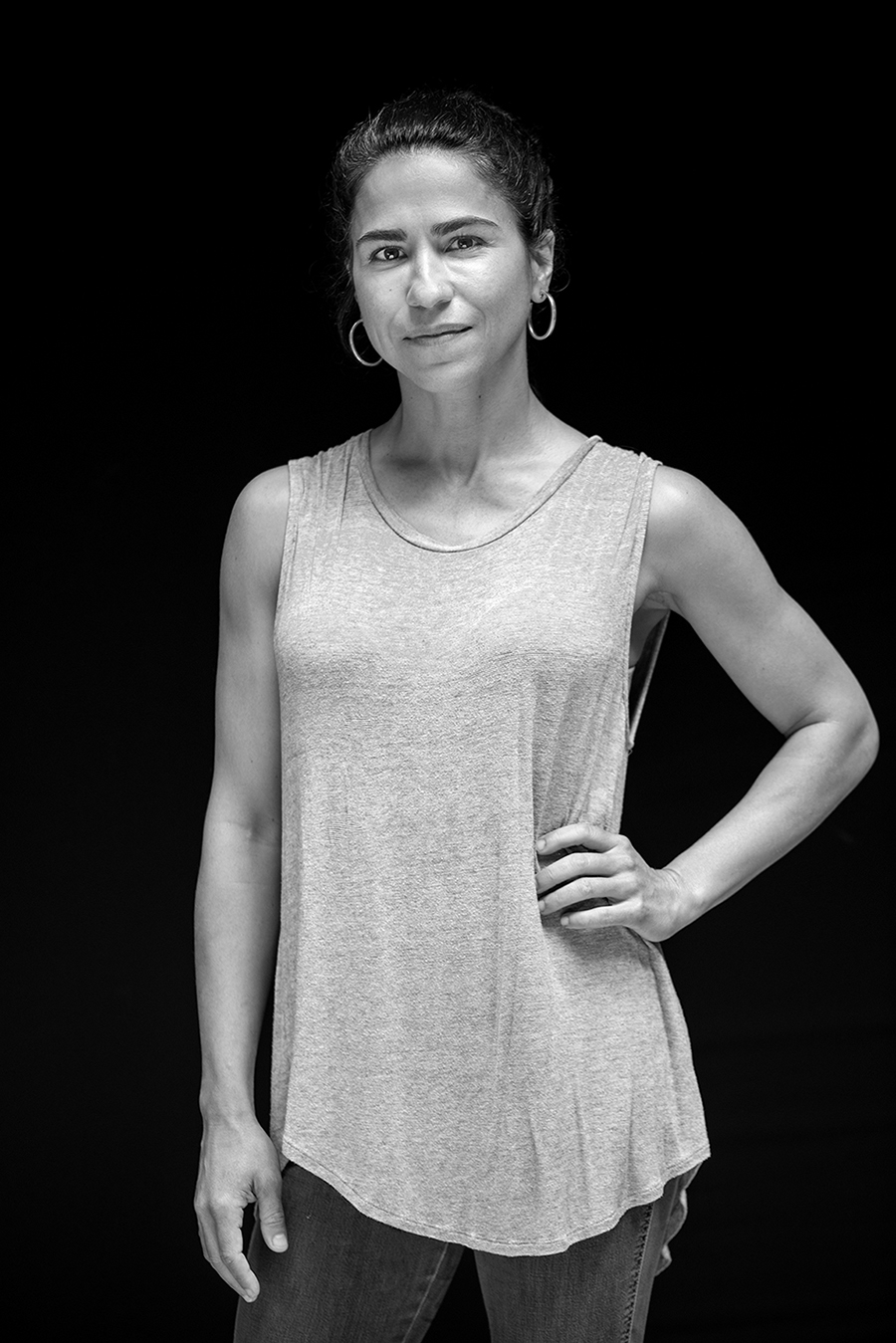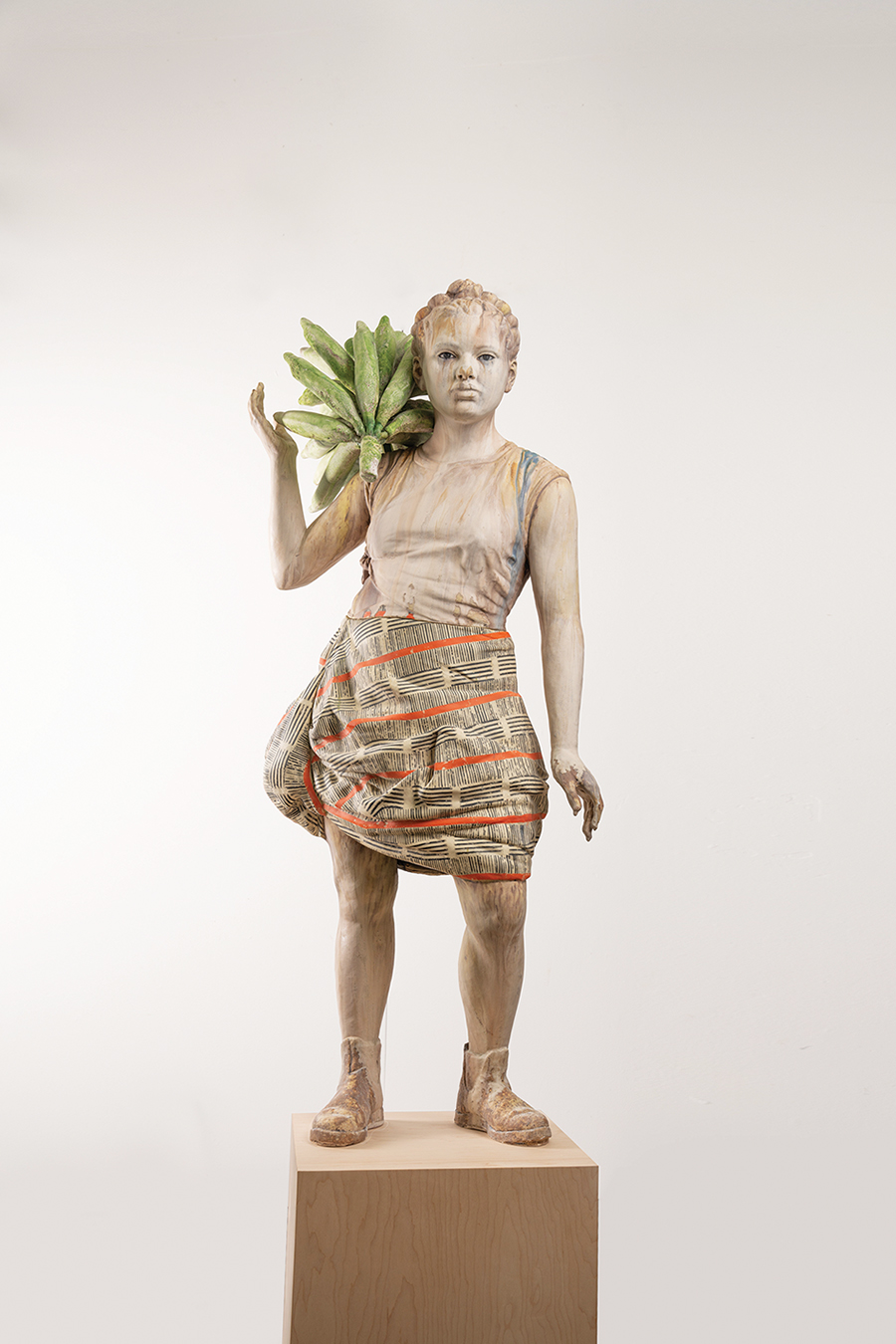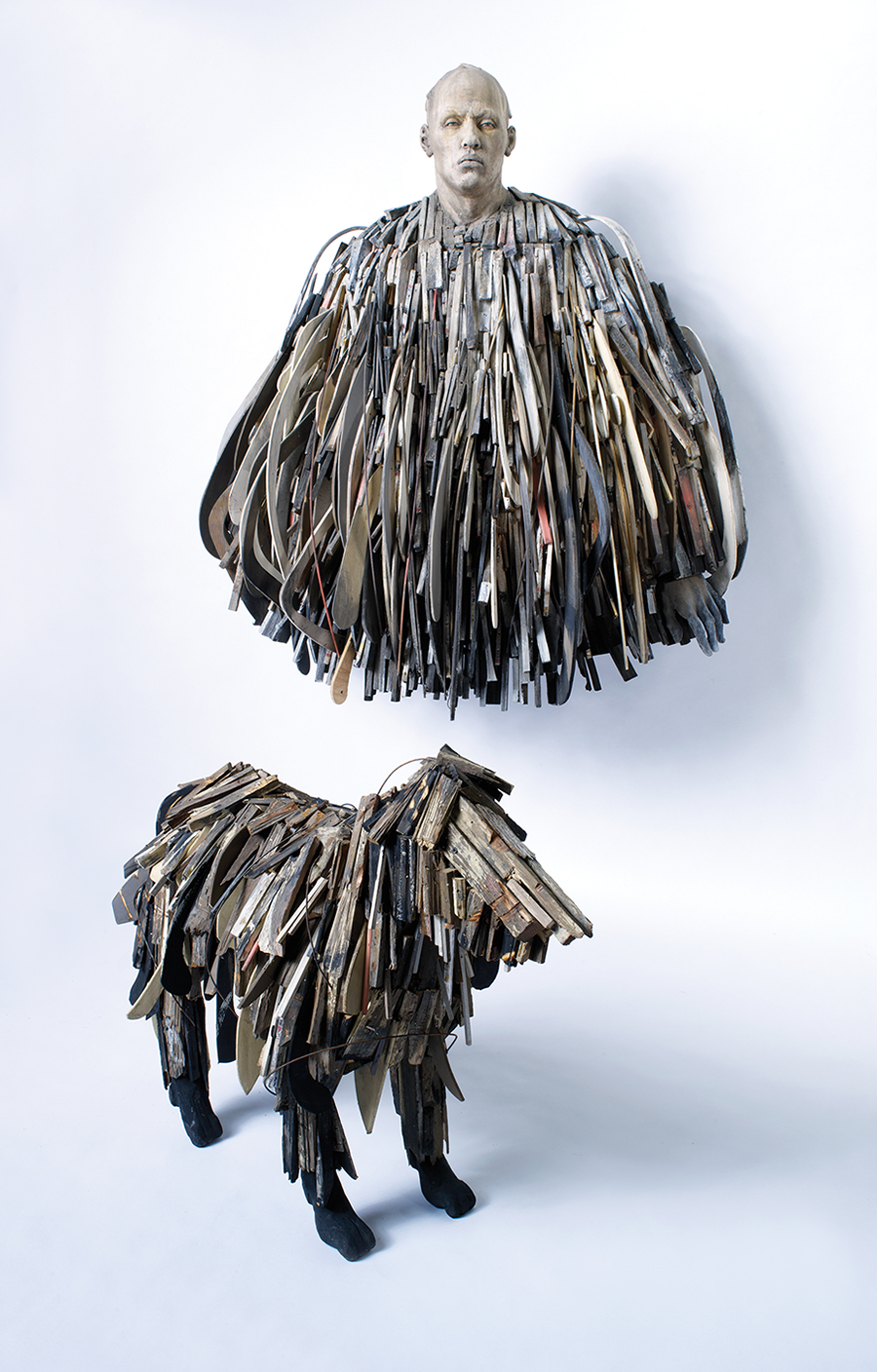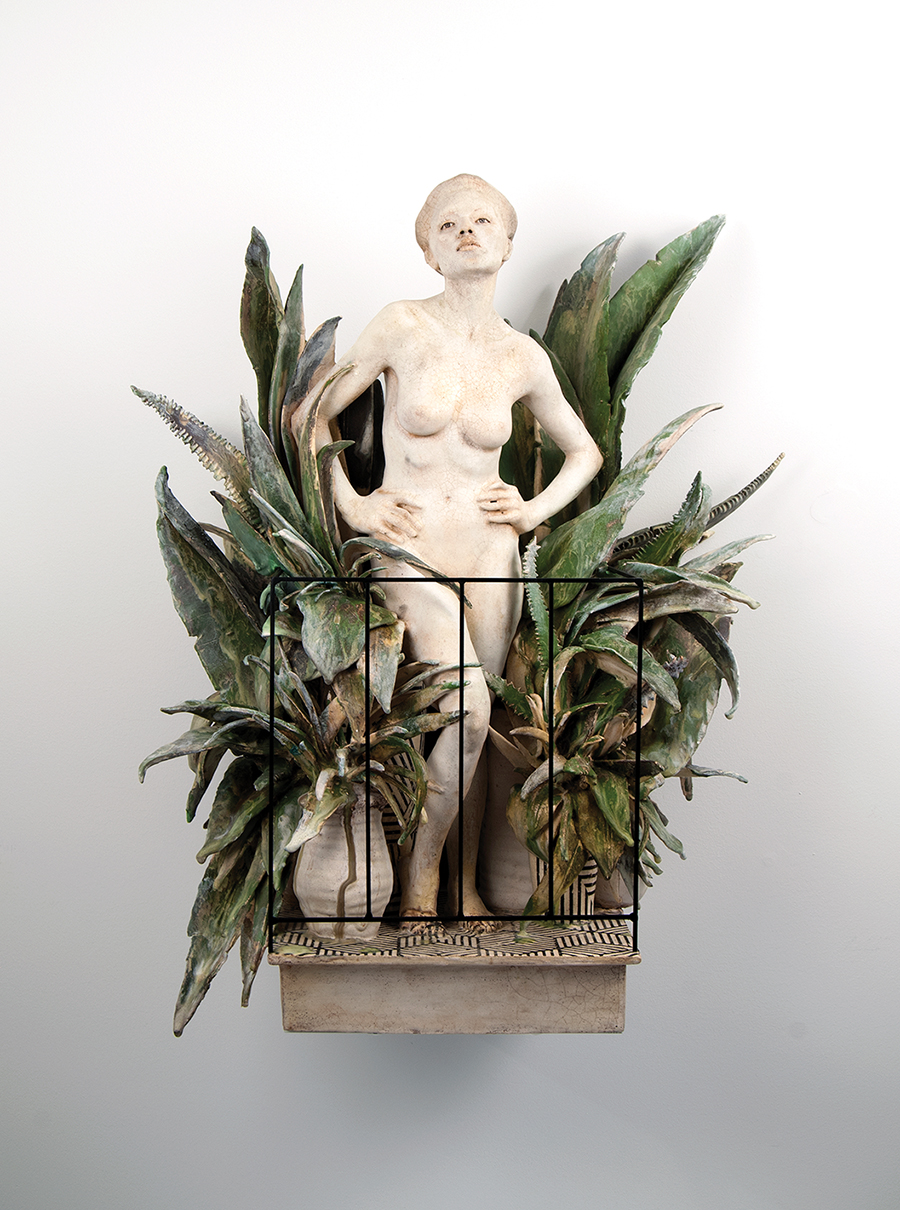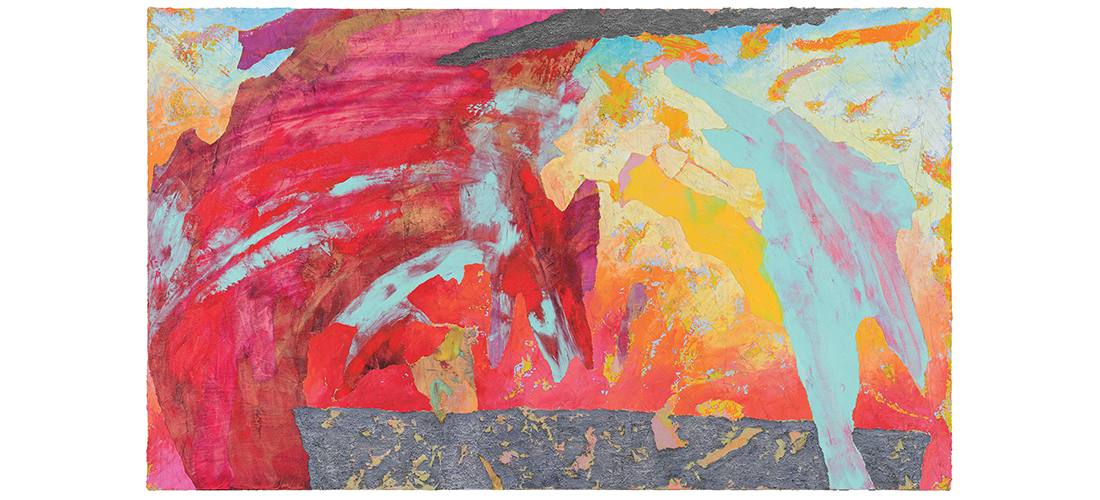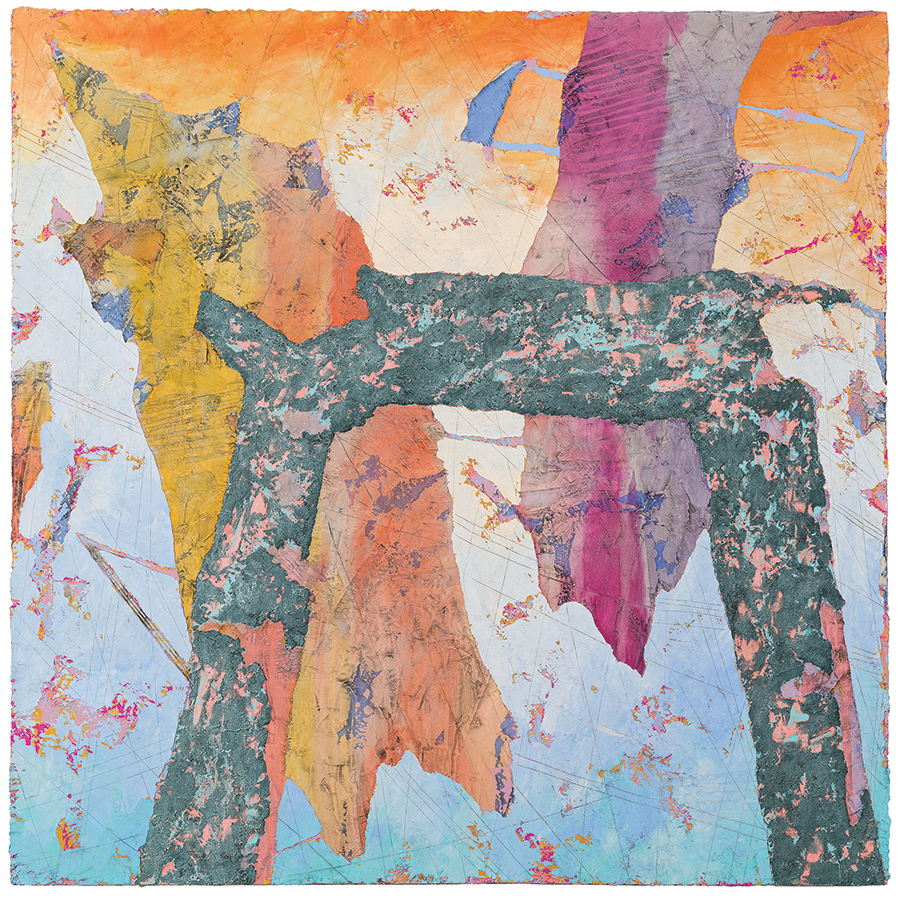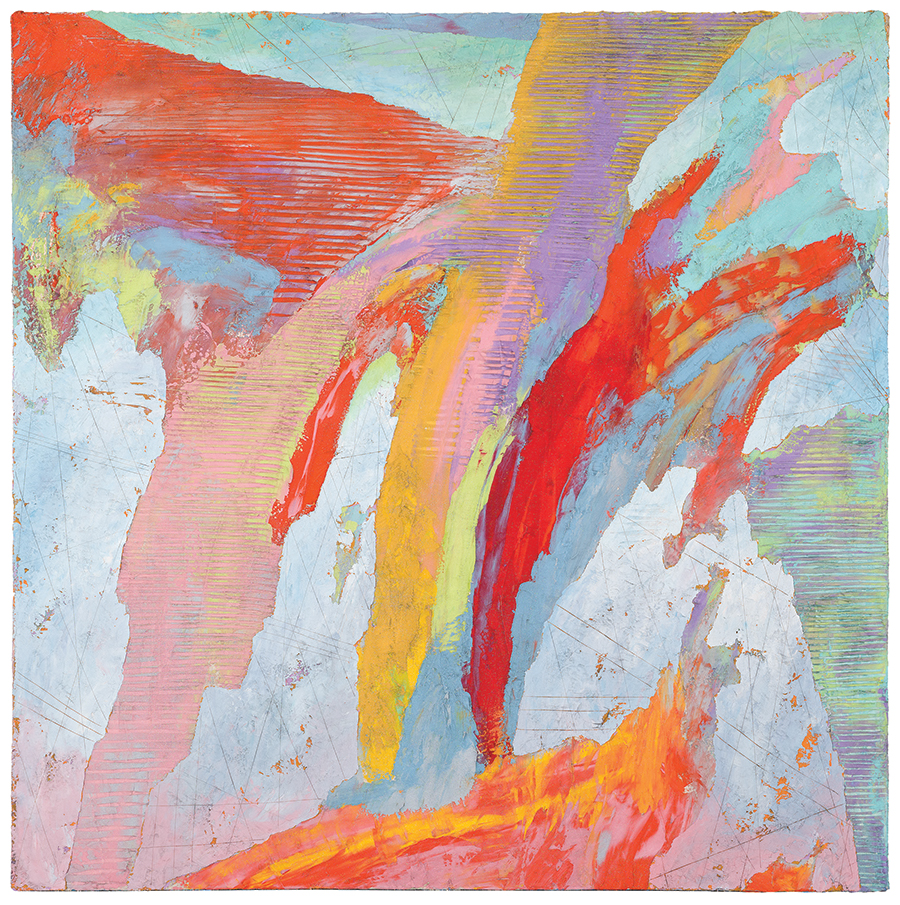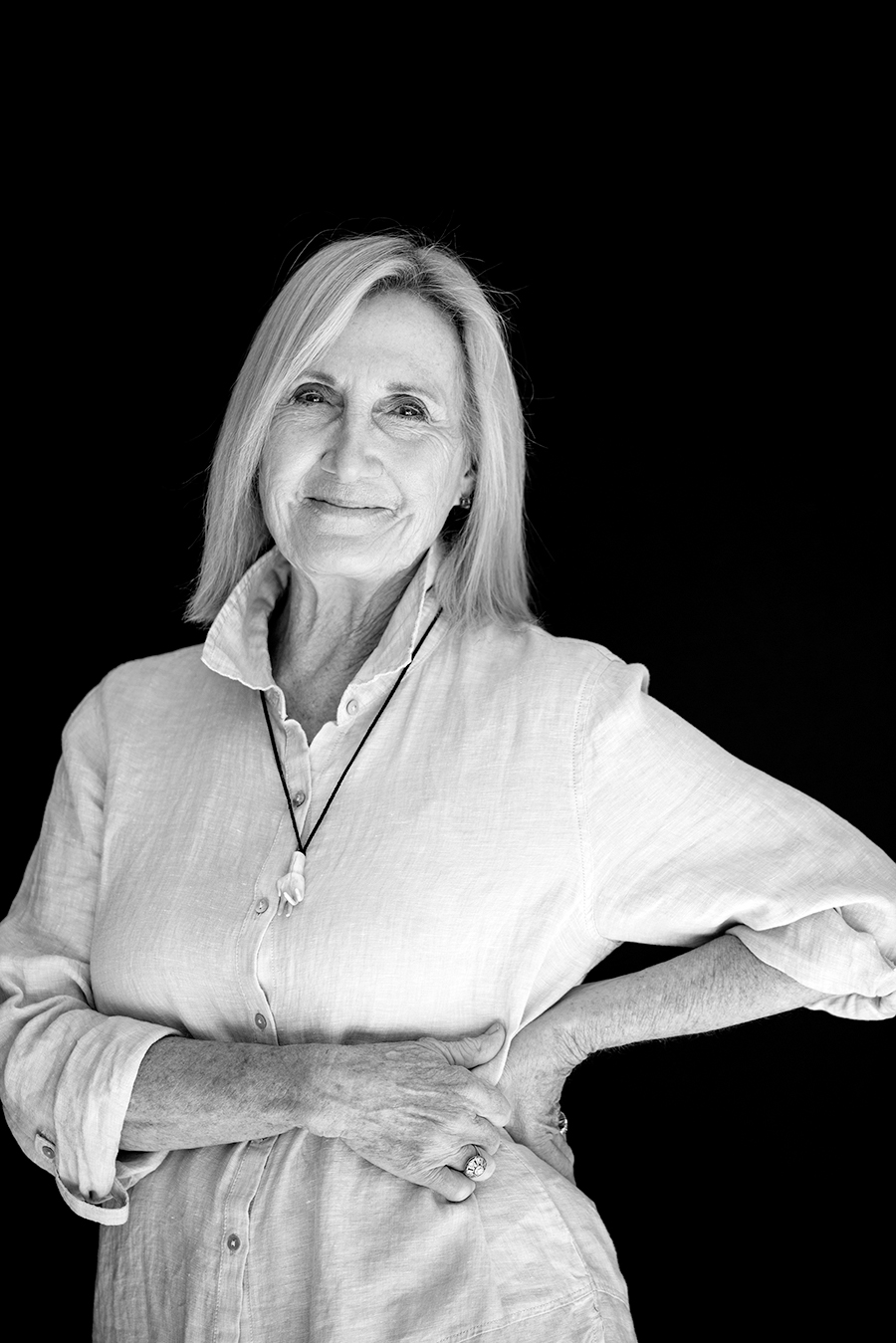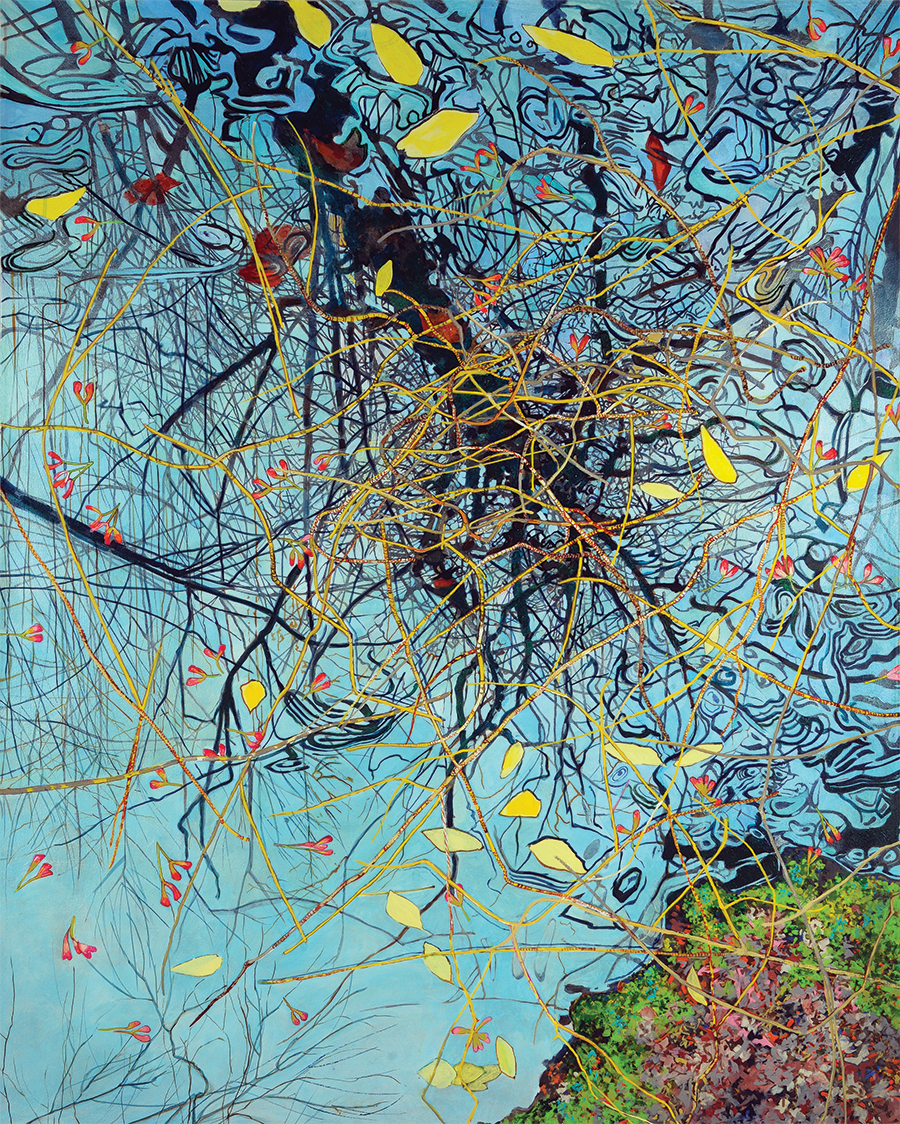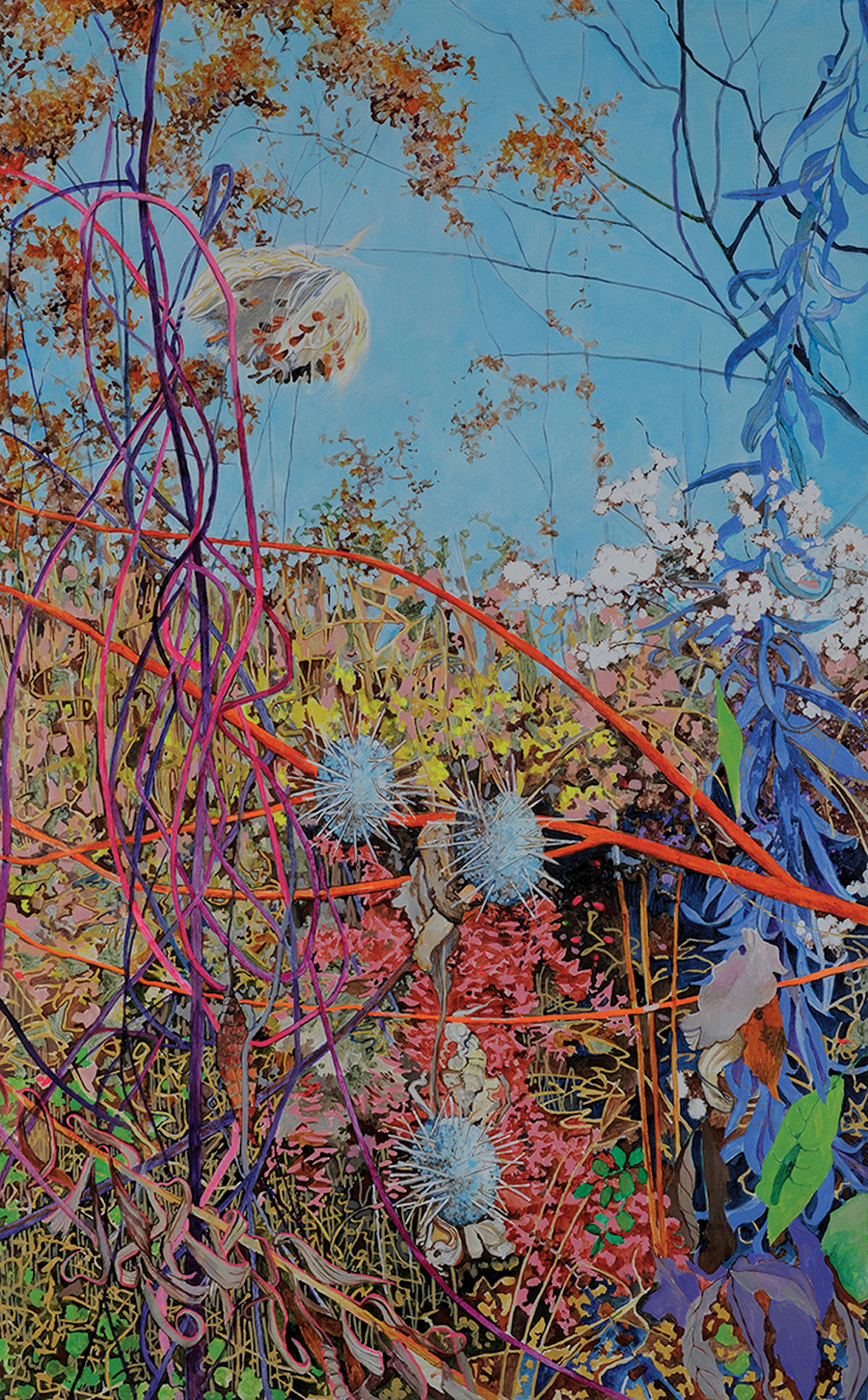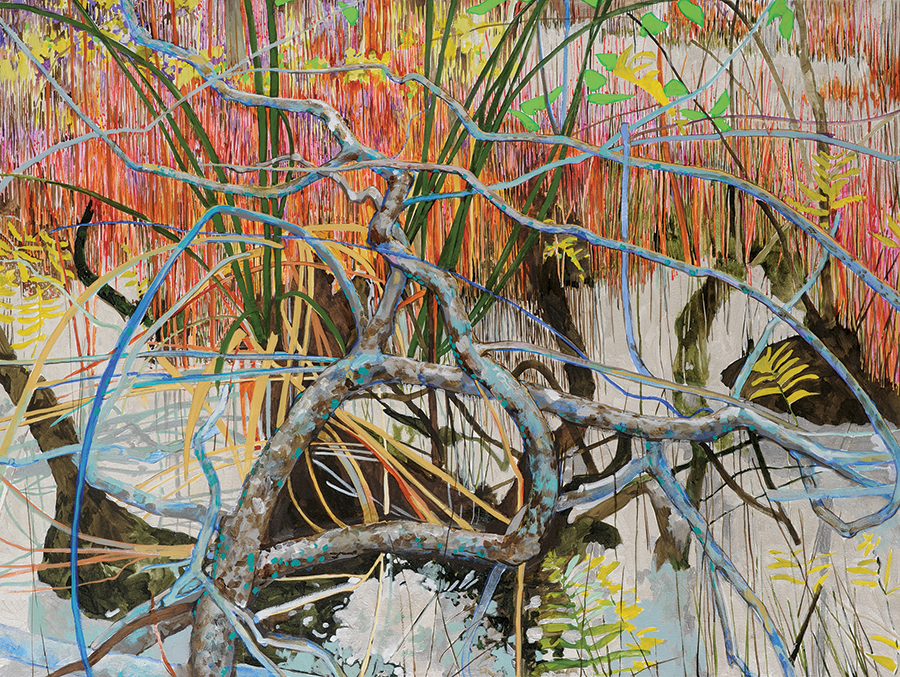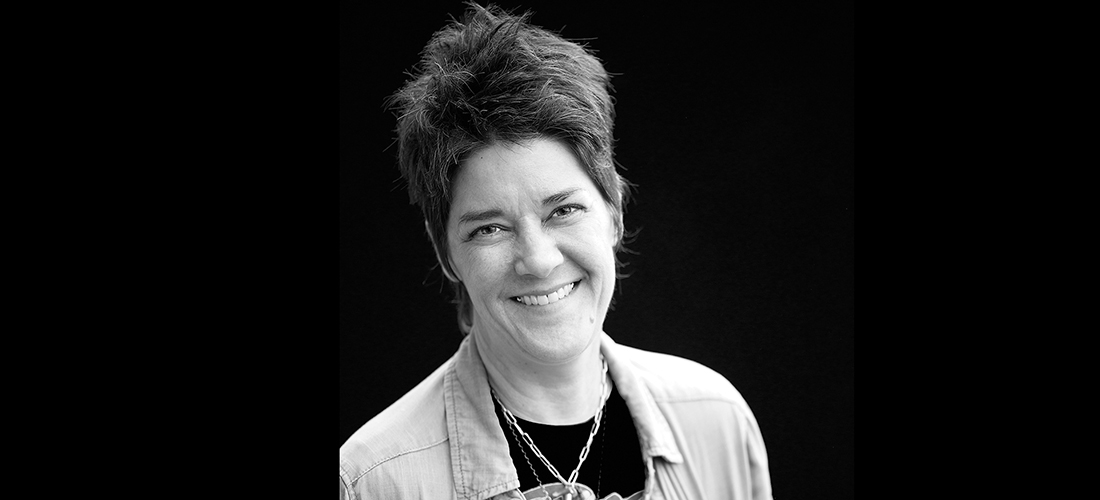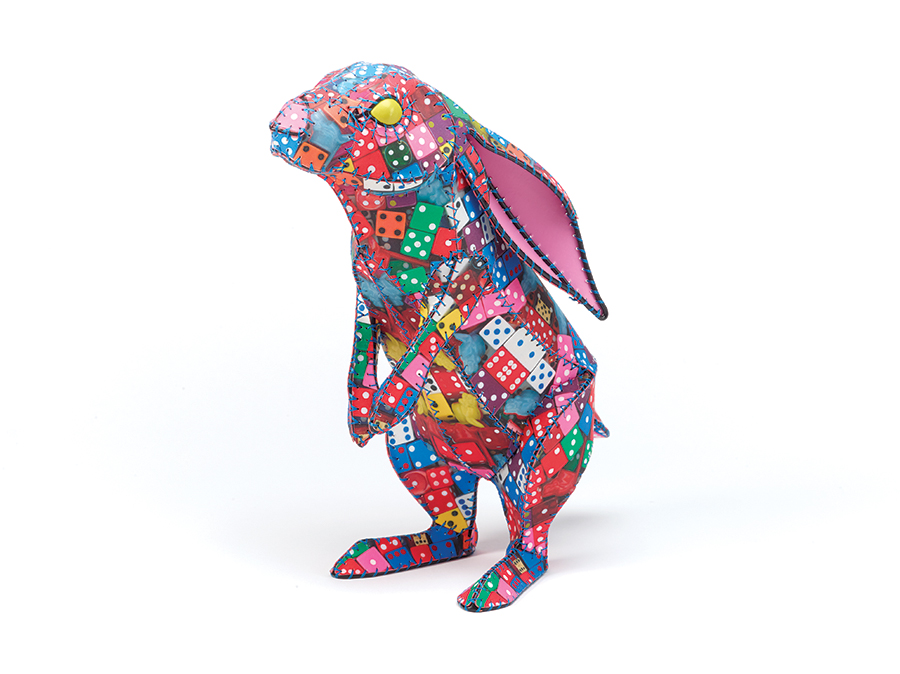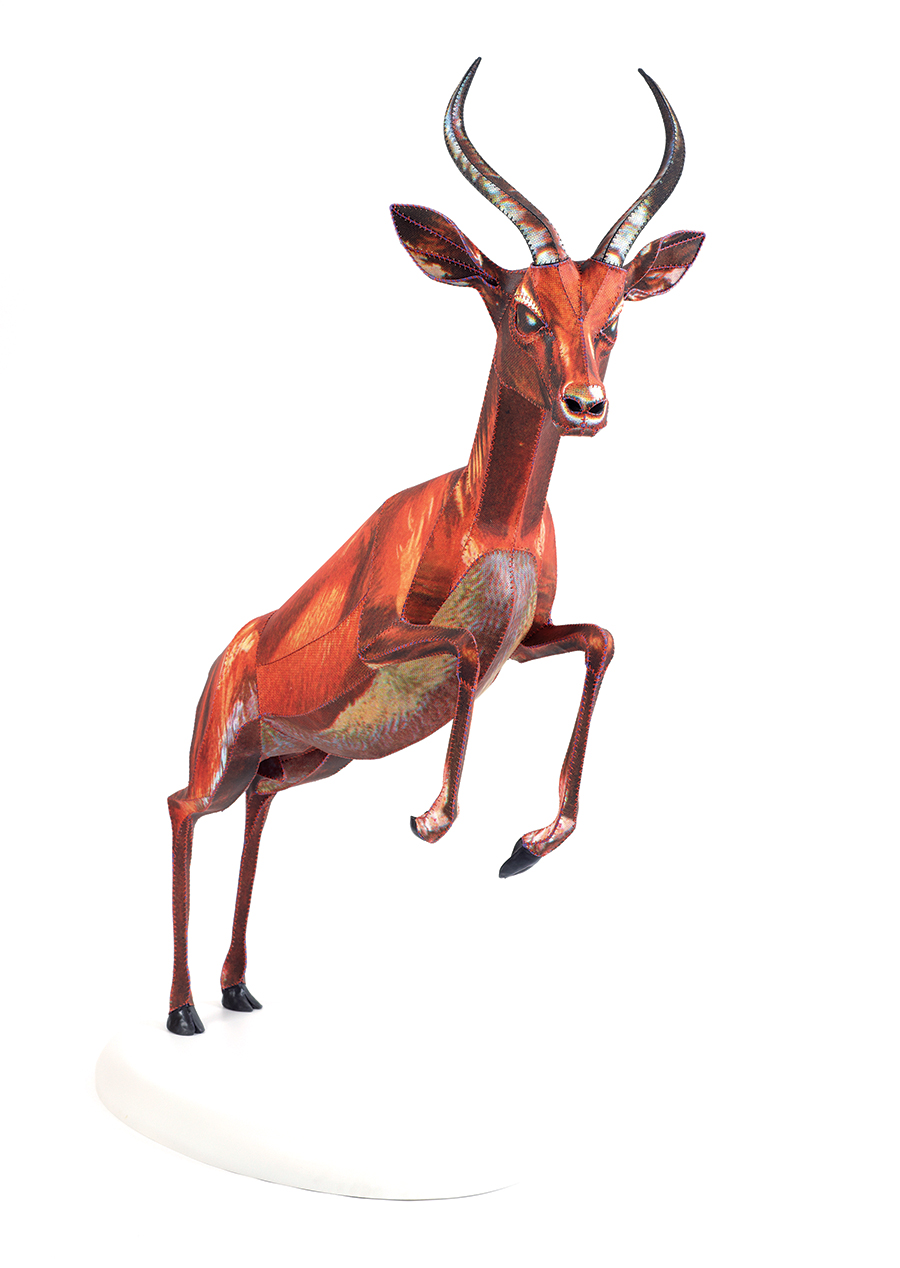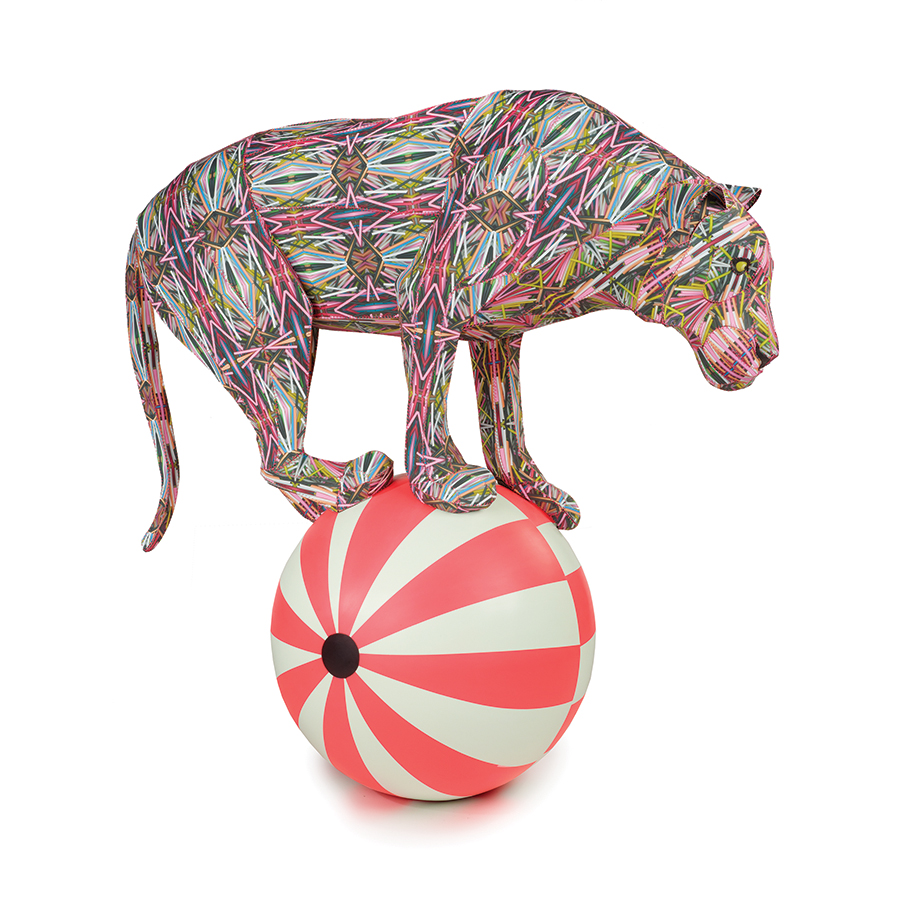Art of the State
Art of the State
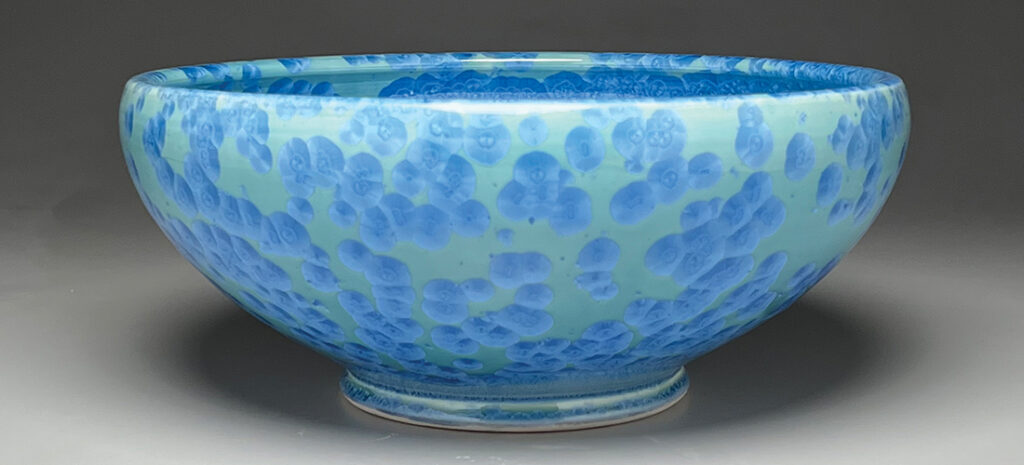
Earthen Vessels
From Seagrove to the world beyond, Ben Owen III shares his pottery
By Liza Roberts
The work of Ben Owen III is earthen and practical, but also brightly hued and sculptural. It fits in a hand for morning coffee, but it’s also the lofty centerpiece of elegant spaces across the world. From the Sun Valley Resort in Idaho to the Ritz-Carlton in Tokyo to The Umstead Hotel & Spa in Cary, where his sculptural vessels fill spotlit niches and his handmade plates grace every table, Owen’s art provides beauty and function.
Pottery is one of the oldest human inventions, going back to pre-Neolithic times. Earth into clay, clay into pots, pots into fire, vessels out. Also unchanged: all hands on deck to get it done. It takes a team to keep a wood-fired kiln’s flames stoked and blazing 24 hours a day for days on end. Like farmers raising a barn, potters fire a kiln together because they need each other. It’s what they do.
Owen was born to this life, born with Seagrove clay beneath his feet. His father and grandfather, Ben Owen Sr. and Ben Owen Jr., built the foundations for Seagrove’s modern pottery community; before them, as early as the late 1700s, their forefathers arrived from England, making and selling clay vessels to early settlers. Owen III works today on the same site his grandfather did.
“He was a great teacher and a great mentor for me,” Owen says, “showing me the fundamentals, building all those skills.” Starting at the age of 9, Owen went out to his grandfather’s studio every day to make pots. During these sessions, his grandfather taught Owen technique and aesthetics as well as principles: how important it was to challenge oneself, to learn from mistakes, to greet change with enthusiasm, to eschew mediocrity. To “never sell his seconds.”
“I’m continually trying to find ways to refine the technique and my process,” Owen says. “How can I make the piece even better than I did last time?”
That commitment has taken his work not only all over the world but has paved the way for its inclusion in museum collections, including the Smithsonian Museum of Art, the Museum of Fine Arts in Boston, the Gregg Museum of Art & Design, and in private collections. His work, in its various manifestations, has a timelessness about it, even when glazed in crystalline turquoise or lilypad green.
“I’m always experimenting,” he says. “A lot of people know us for our red glaze, but in recent years, I’ve been making glazes from nature. Recreating things I’ve seen hiking with my son . . . looking at textures, lichen on a stone, moss on a tree. It’s interesting to think, Could I make a glaze that would create that effect?”
Some of Owen’s pieces are finished in electric or gas-fired kilns, others in his wood-fired groundhog kiln. To witness Owen firing this kiln — a gourd-shaped, 30-foot-long structure dug partway down into the earth, hence the name — is to witness a multi-day, group massive effort, only accomplished a few times a year.
One recent morning at his studio in Seagrove, Owen was busy completing a 5-foot-tall, 400-pound, bottle-shaped vessel for the Amanyara resort in Turks & Caicos, one of nine large pieces commissioned by the property. The fire in the kiln had been going for 12 hours, and it would be another 36 before it was done. Owen slid a few slats of wood into a slot in the side of the chamber, turning to laugh at a joke from his friend Stan Simmons, a fellow potter there to help keep the fire going at temperatures reaching 2,350 degrees Fahrenheit. Another potter, Fred Johnston, was also on hand. Both men had pots of their own in the kiln. They waited.
“It’s like a jigsaw puzzle,” he said, gesturing to his kiln, explaining how he fits 400 pots inside. Part of it is tactical: Some glazes do well high up, some pots need to be closer to the fire. Some of it is logistical. “Right now,” Owen says, watching flames shoot out of a blowhole-like chimney pipe, “Right now it’s heating up fast. Right now, there’s more fuel than there is oxygen.”
Potters can’t always predict what will emerge from the fire, what that day’s particular combination of clay and heat, minerals and weather will produce. “Colors, or finishes on pots, are almost like sunsets,” Owen says. “Each day, it’s a little different, and depending on what’s present — just as the clouds, or the temperature, the atmosphere all affect the sunset, our glazes can react the same way. We learn to accept that. We try to control these things to the best of our ability, but we have to remind ourselves that our materials are constantly changing. And sometimes it can be a nice surprise.”
A few steps from this kiln, in the late 1990s, Owen built his own studio, right behind the one where his grandfather taught him. The newer spot is spacious, with separate workstations for different kinds of clay. There are pots in various stages of completion, one already 4 feet tall. When it’s complete, this pot will be glazed an earthy blue, weigh about 250 pounds, and stand in the entry of a home in Greensboro.
“In an era of instant gratification, where people can go to the big box stores or a mall for most of their daily needs, we can offer something different,” Owen says. “Especially when they can meet the maker, learn a little bit more about the process, and what makes a potter tick, and their particular style, and why they use that technique. The work becomes part of the fellowship.”
Owen pictures his blue vessel in place, mentions the conversations he’s had with the collectors who’ve commissioned the piece. He welcomes the chance to work closely with the people who collect his work — some of whom were also collectors of his grandfather’s work — and to get to know them, just as he does with visitors to his region and his studio. The role of ambassador is another he embraces.
“When you can find a way to develop a relationship with an individual customer or just people coming out to visit the area,” he says, “that gives us a springboard to tell people more about what the past has done, and what we’ve been able to build on over the last several generations.”
He’s happy to go farther back, too, 280 or 300 million years or so, back to when the region was covered in the volcanic ash that gave birth to the clay he loves, and he’s happy to bring it back home to now, and to his legacy. “I just count my blessings that we’ve been able to support our family through the making of earthen vessels,” he says. “Really, the end product is how it is received by the people who use it.” OH
This is an excerpt from Art of the State: Celebrating the Art of North Carolina, published by UNC Press.

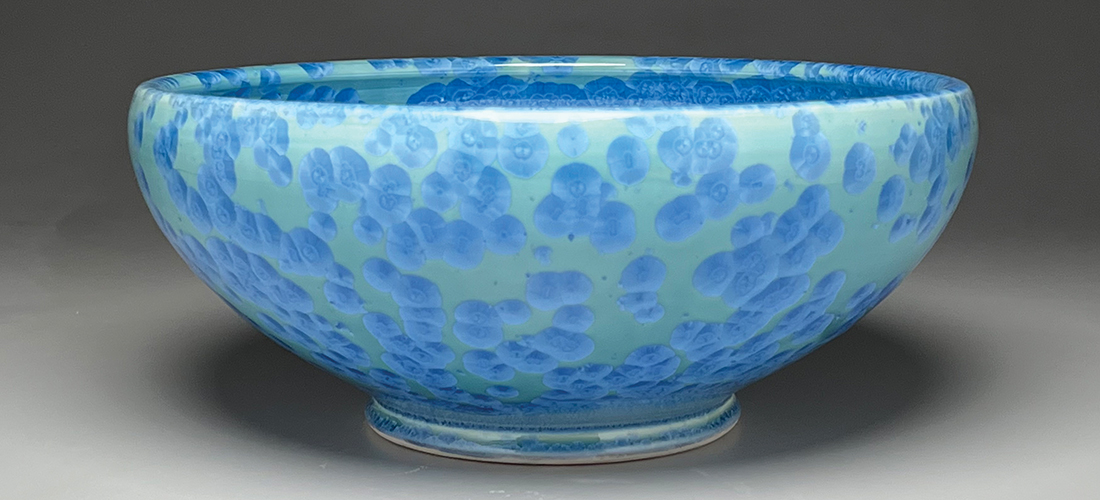
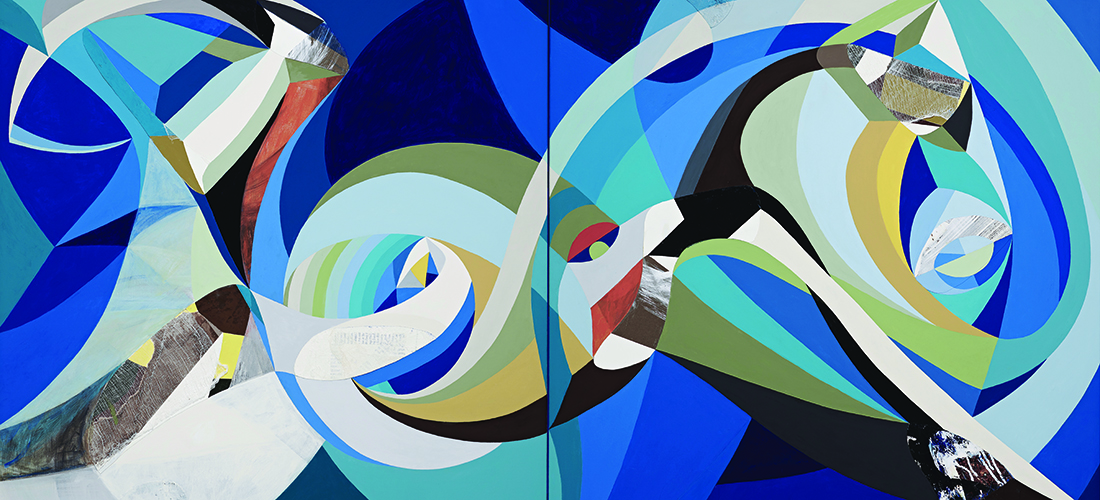
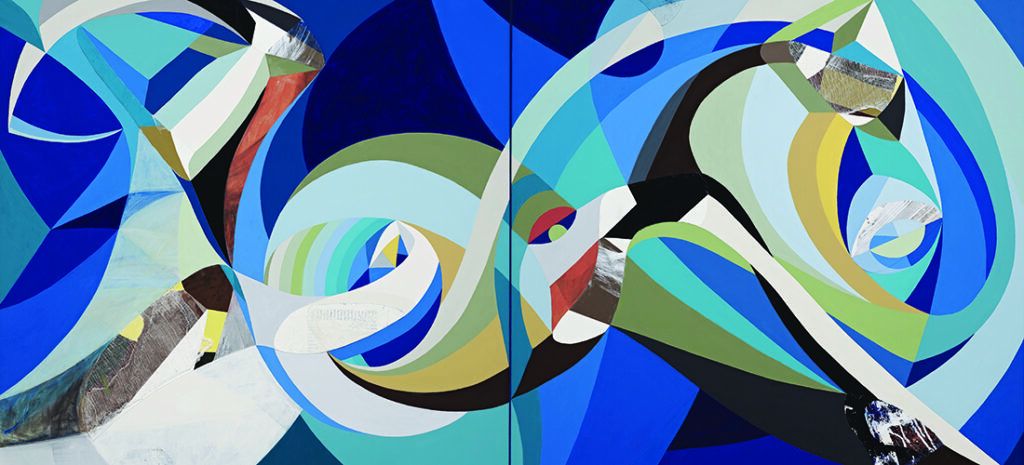
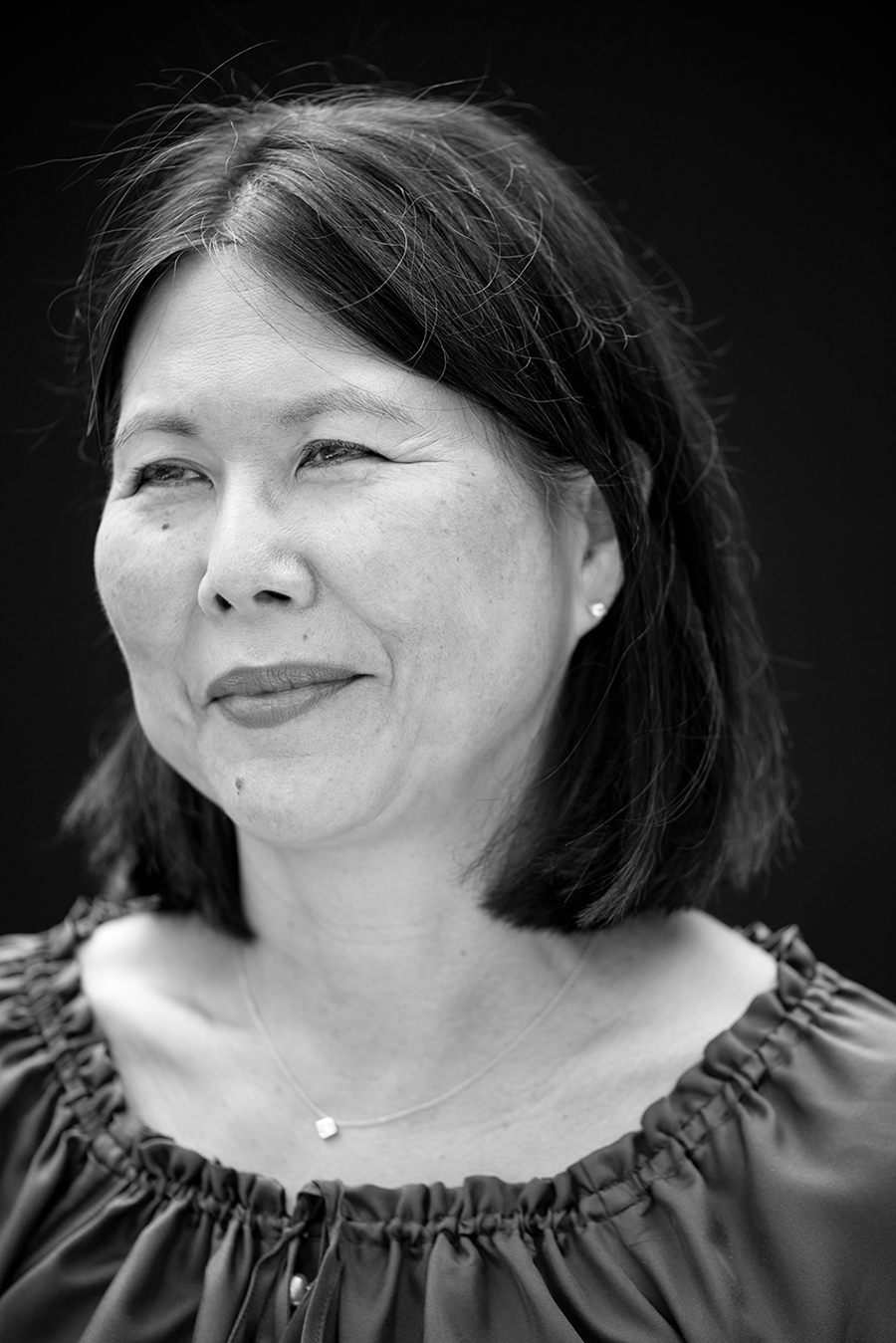 Abstract painter
Abstract painter